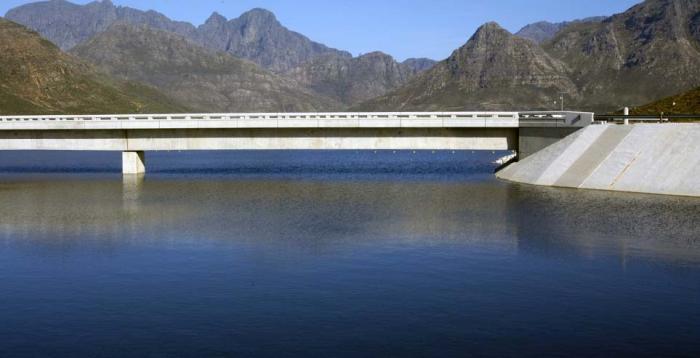South Africa’s Department of Water and Sanitation (DWS) launched the critical Richards Bay Desalination Plant in KwaZulu-Natal (KZN) last week. The launch of the plant is meant to assist in enhancing security of water supply within the King Cetshwayo District Municipality.
As a result of the sustained drought, all the natural sources levels have since reached an all time low. Goedertrouw Dam, the main supply to Richards Day, was no exception, as it recorded a drop to 16% as at August 2016.
Also read:South Africa’s Bay residents to benefit from mega desalination plant
As a measure to alleviate the situation, the Emergency Water Transfer Scheme was activated in July 2014 where water was then pumped from the Thukela River into the Goedertrouw Dam to prevent dam failure.
Meanwhile, the DWS, with the affected municipality focused on emphasizing the importance on water harvesting, re-use of return flows, as well as utilizing ground water by drilling of boreholes.
The introduction of the 10 Megalitre/day desalination plant came as a short-term effort by the department to contain the water problem. The plant will come in hand in the augmentation of the domestic water supply in a bid to avoid further hardship for the communities in and around Richards Bay.
Also read:Agip mulls mega desalination plant in Kenya
The water reservoirs in the region have greatly improved since the operation of the desalination plant adding water security and reliability. These are inclusive of Mapolwane, Khoza, Nseleni, Mandlazini, Meerensee and Brackenham reservoirs. The six have all recorded an increase in water levels from from an average of 55% to 90%.
According to the Minister Mokonyane, although the plant has been operational from 14th November last year and commissioned early this year, it is now 100% complete and fully functional. She also spoke of the importance of there being intergovernmental planning as well as integral budgeting processes in order for there to be quality service delivery.

